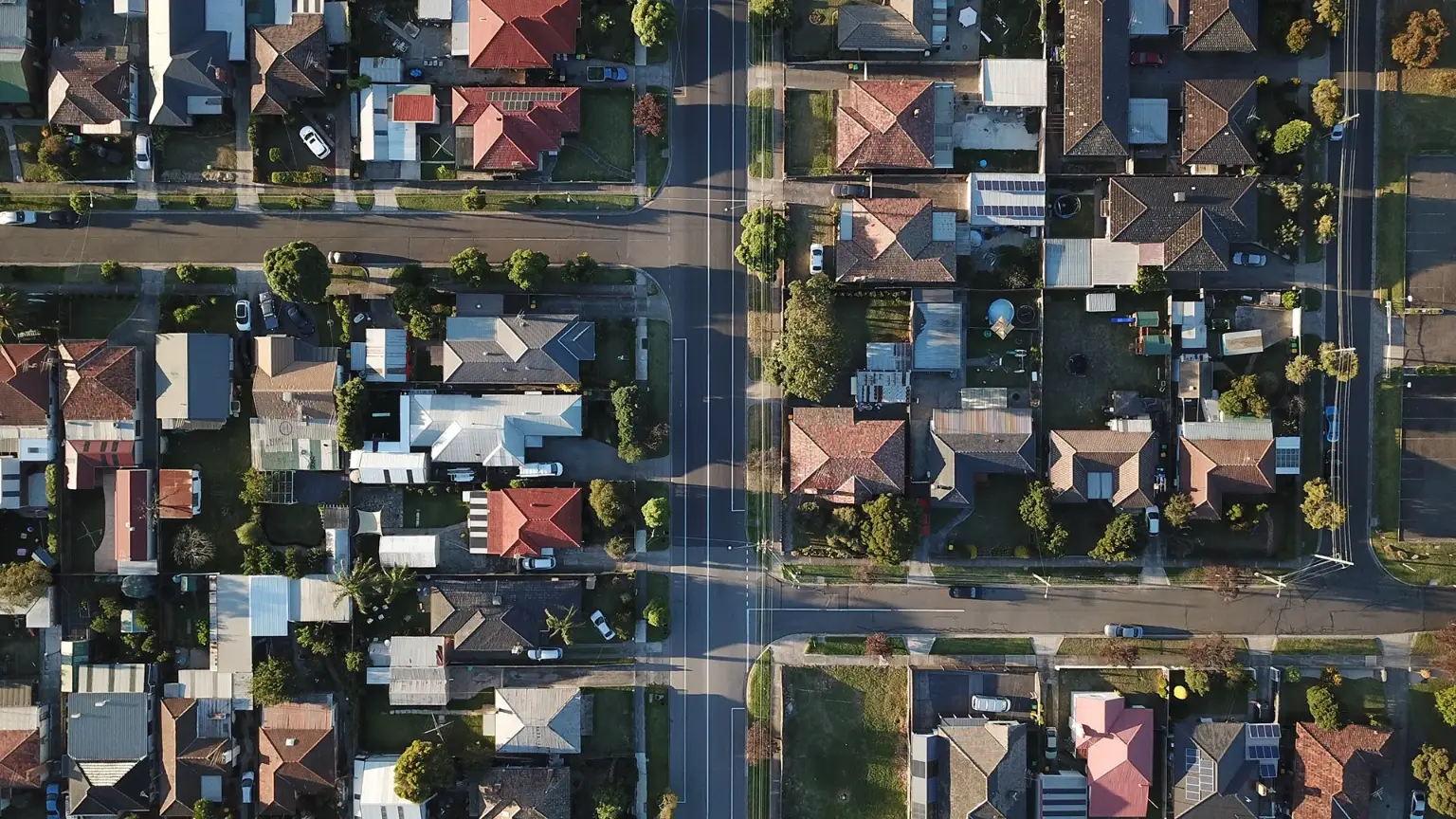Vacancy Rates Are Rising: What It Means for Property Investors in Australia
A shift in the rental market could mean opportunity — are you ready to take advantage of it?
Australia’s rental market has taken a noticeable turn, with the national vacancy rate rising to 1.3% in April 2025, up from 1.1% in March and April last year. While this may raise eyebrows among landlords, the vacancy rates across Australia are still at a relatively all-time low.
According to SQM Research’s latest report, this uptick in vacancy rates — driven mainly by increases in Melbourne and Sydney — signals a softening rental market that could reset the stage for new investment plays. In this article, we break down the latest data and what it means for Australian property investors looking to position themselves for growth and strong rental returns.
Vacancy Rates Snapshot: Where the Pressure is Easing
SQM Research’s methodology focuses on listings advertised for more than three weeks — a robust way to filter for genuine, long-term vacancies. Nationally, 39,378 properties were vacant in April, an 18.7% jump compared to the same time last year.
Here’s how the major markets are performing:
-
Melbourne: The vacancy rate jumped to 1.8%, a 56.9% increase in available rentals compared to April 2024. Investors might view this as a signal to approach the Victorian capital with caution — or to seek alternative strategies such as Co-living Investment Properties or Dual Occupancy Properties that meet growing demand for affordability and flexibility.
-
Sydney: Vacancy rose to 1.5%, with more than 10,700 rentals available. While still tighter than historic norms, this marks a loosening market, giving tenants more options and forcing landlords to compete harder — making value-added properties such as more appealing.
-
Brisbane, Perth, and Adelaide: These markets remain tight, with vacancy rates between 0.7% and 1.0%. Investors looking for Cash Positive Investment Properties should keep a close eye on these cities, where tenant demand is still strong, supporting rental growth.
-
Hobart, Darwin, and Canberra: Hobart saw the steepest decline in vacancies, dropping from 1.4% to 0.6%. Darwin and Canberra also showed signs of strengthening landlord markets, which bodes well for Investment Properties in these regions.
What About Rents?
Despite the rising vacancies, rents have mostly held their ground. Nationally, average advertised rents softened slightly to $650/week — down just 0.7% over the month — while still posting a 3.9% year-on-year rise.
City-specific rent data tells a nuanced story:
-
Brisbane and Perth: Continue to lead with year-on-year rent increases of 4.5% and 5.8% respectively. Even with a monthly plateau, the annual trend indicates High-yield properties are still in play.
-
Melbourne and Sydney: Show moderate rent growth — 2.3% and 0.1% annually — but remain relatively expensive markets. Investors can still achieve strong returns by targeting niches like Duplex Homes for Sale or Co-living properties that appeal to cost-conscious renters.
-
Canberra: A standout in April with a 1.0% monthly rent increase, indicating active tenant demand despite a vacancy rate of 1.6%.
What This Means for Investors
The April 2025 data suggests that while Australia’s rental market is showing signs of softening in major capital cities, it’s far from a crash. Instead, this could be the market recalibrating after years of tight supply and surging rents.
Here are three takeaways for investors:
1. Time to Reassess Strategy
If your portfolio is heavily reliant on traditional inner-city rentals, now may be the time to diversify. Consider Regional Investment Opportunities, where markets like Hobart and Darwin are tightening, and Property Capital Growth prospects are improving due to constrained supply.
2. Niche Property Types Are Winning
Properties that offer flexibility, affordability, and higher rental yields — like Co-living Investment Properties and Dual Occupancy Properties — are increasingly attractive. These setups can help maintain positive cash flow even in softening rental markets.
3. SMSF Investors: Time to Act
With more properties hitting the rental market, SMSF buyers could gain an advantage by securing high-quality stock before prices climb again. SMSF property investment remains one of the most tax-effective pathways to grow long-term wealth — especially with high-yield or cash-positive properties.
Winter: A Window of Opportunity?
As SQM Research Managing Director Louis Christopher pointed out, the winter months typically bring a lull in rental demand. However, this is often temporary — presenting a seasonal buying opportunity for investors prepared to act while competition eases.
Properties may take a little longer to lease, but this could also mean more room to negotiate purchase prices or rental yields — particularly for investors who understand how to leverage vacancy rate cycles in their favour.
Australia’s rental market is shifting — but that’s not bad news for investors. It simply means it's time to be more strategic. Rising vacancy rates don’t just signal weakening demand; they highlight where new opportunities exist for smart investors who can identify untapped markets, structure high-yield investments, and focus on properties that perform well in all seasons.
Whether you're looking to invest via your SMSF, enter the co-living space, or chase rental yields in regional cities — the data suggests that now is a prime time to consider your next move.
Ready to take the next step? Visit www.ausinvestmentproperties.com.au to view all our available investment properties.
Source: SQM Research
_1748483094kMBGy-cover.jpg)
_1764731815HUFUX-card.jpg)
_1764211036lHsm6-card.png)
_1762916285NoFl4-card.jpg)
_17623130443GJfk-card.jpg)
_1760408926gJ50A-card.jpg)


_1764731815HUFUX.jpg)
_1764211036lHsm6.png)
_1762916285NoFl4.jpg)
_17623130443GJfk.jpg)
_1760408926gJ50A.jpg)
_17598783571Kaml.jpg)



